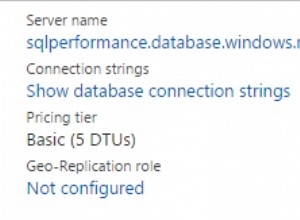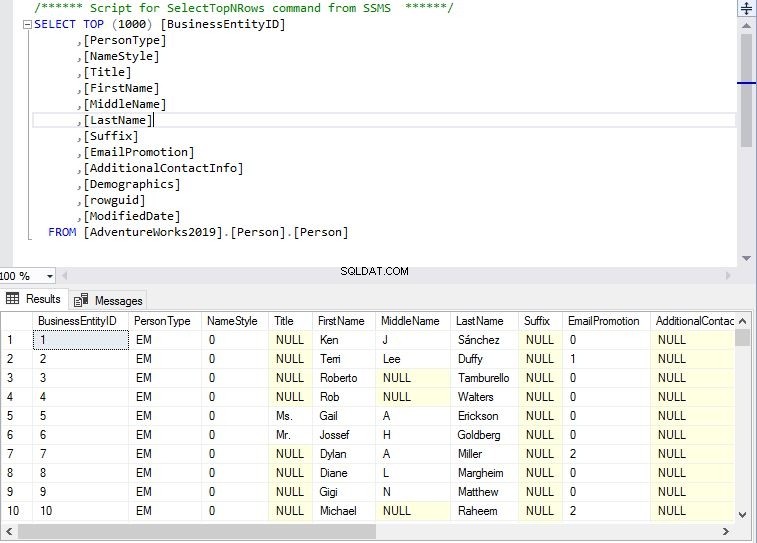Eine ähnliche Frage habe ich hier https://stackoverflow.com/a/26633820/3989608
Einige Fakten über NULL-Werte und INDEX:
-
Komplette NULL-Schlüssel werden in Oracle nicht in einen „normalen“ B*Tree eingetragen
-
Wenn Sie also einen verketteten Index auf beispielsweise C1 und C2 haben, werden Sie wahrscheinlich NULL-Werte darin finden – da Sie eine Zeile haben könnten, in der C1 NULL ist, aber C2 NICHT NULL ist – wird dieser Schlüsselwert im Index sein.
Ein Teil der Demonstration von Thomas Kyte in Bezug auf dasselbe:
[email protected]> create table t
2 as
3 select object_id, owner, object_name
4 from dba_objects;
Table created.
[email protected]> alter table t modify (owner NOT NULL);
Table altered.
[email protected]> create index t_idx on t(object_id,owner);
Index created.
[email protected]> desc t
Name Null? Type
----------------------- -------- ----------------
OBJECT_ID NUMBER
OWNER NOT NULL VARCHAR2(30)
OBJECT_NAME VARCHAR2(128)
[email protected]> exec dbms_stats.gather_table_stats(user,'T');
PL/SQL procedure successfully completed.
Nun, dieser Index kann sicherlich verwendet werden, um „IS NOT NULL“ zu erfüllen, wenn er auf OBJECT_ID:
angewendet wird[email protected]> set autotrace traceonly explain
[email protected]> select * from t where object_id is null;
Execution Plan
----------------------------------------------------------
0 SELECT STATEMENT Optimizer=CHOOSE (Cost=3 Card=1 Bytes=34)
1 0 TABLE ACCESS (BY INDEX ROWID) OF 'T' (Cost=3 Card=1 Bytes=34)
2 1 INDEX (RANGE SCAN) OF 'T_IDX' (NON-UNIQUE) (Cost=2 Card=1)
Tatsächlich – selbst wenn die Tabelle keine NOT NULL-Spalten hatte oder wir keinen verketteten Index mit OWNER haben wollten/müssen – gibt es einen transparenten Weg, um die NULL OBJECT_ID-Werte ziemlich einfach zu finden:
[email protected]> drop index t_idx;
Index dropped.
[email protected]> create index t_idx_new on t(object_id,0);
Index created.
[email protected]> set autotrace traceonly explain
[email protected]> select * from t where object_id is null;
Execution Plan
----------------------------------------------------------
0 SELECT STATEMENT Optimizer=CHOOSE (Cost=3 Card=1 Bytes=34)
1 0 TABLE ACCESS (BY INDEX ROWID) OF 'T' (Cost=3 Card=1 Bytes=34)
2 1 INDEX (RANGE SCAN) OF 'T_IDX_NEW' (NON-UNIQUE) (Cost=2 Card=1)
Quelle:Something about nothing von Thomas Kyte




